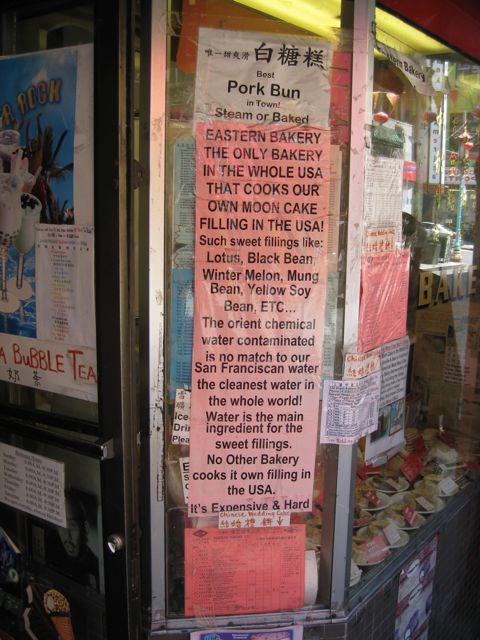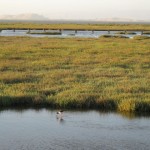This ran last week in the Albuquerque Journal, while I was on the road, sorry for the late bloggage (sub/ad req). From the Natural Resources Law Center’s Navigating the Future of the Colorado River conference, it’s a riff on how this year’s big snowpack buys a bit of time for the hard discussions to come among the seven Colorado Basin states about how to cope with a shrinking river:
A continuing theme at the conference was a common desire across the basin to avoid settling this problem in court. In his book “Cadillac Desert,” writer Marc Reisner famously described the Colorado as “the most legislated, most debated, and most litigated river in the entire world.”
But Mike Connor, a former aide to Sen. Jeff Bingaman, D-N.M., who now heads the U.S. Bureau of Reclamation, said the “most litigated” title no longer applies. Over the past 15 years, the Colorado River Basin states have negotiated a series of agreements that have solved shortage and overallocation problems collectively, without going to court.
Relative to the big question of how to deal with a river shrunk by drought and climate change, those deals were relatively small – how to reduce California’s overuse of the Colorado’s water, and how Arizona and Utah should share shortages as Lake Mead declines.
Settlement of those issues represented hard negotiations, but the states came to agreement without ending up in court. That represents a model for the future, but the larger problems yet to be solved will be harder, said Pat Mulroy, head of the water authority in Las Vegas, Nev.
“The next steps are going to be even more daunting,” she told conference attendees.




